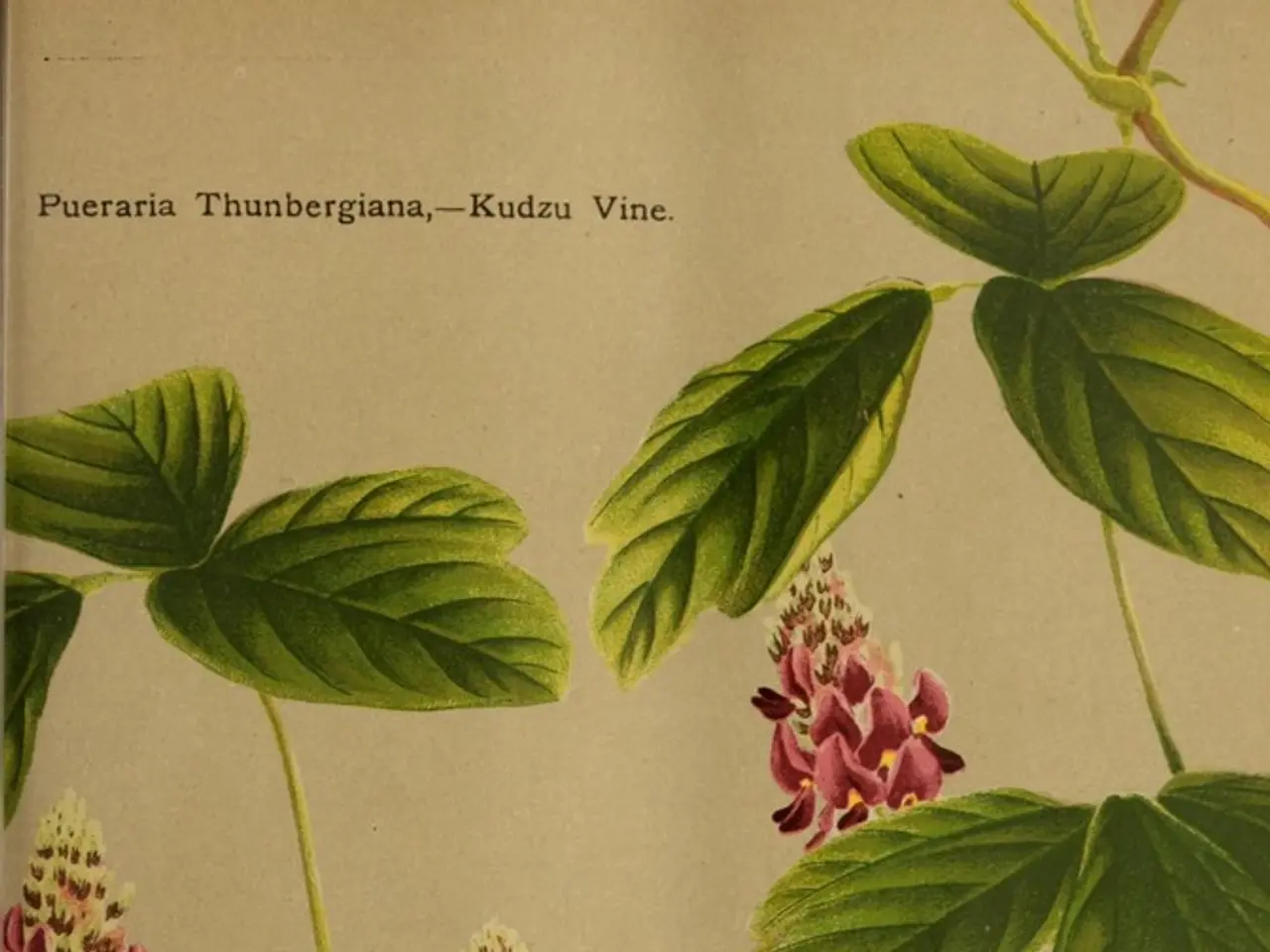Deadliest Toxic Flora Globally Unveiled
Poisonous plants can pose a significant risk to humans and animals, and it's essential to be aware of some of the most harmful ones. Here are some of the most dangerous poisonous plants to watch out for:
Oleander (Nerium)
Oleander is extremely toxic and contains cardiac glycosides that can cause irregular heartbeat, vomiting, and seizures. Even inhaling smoke from burning oleander is dangerous. This plant is often found near homes and schools, increasing the risk of exposure.
Deadly Nightshade (Atropa belladonna)
Also known as Belladonna, this plant has shiny black berries and contains toxins such as atropine, scopolamine, and hyoscyamine. These toxins affect the nervous system, potentially causing hallucinations, seizures, and death in high doses.
Rosary Pea (Abrus precatorius)
The seeds of the Rosary Pea contain a highly deadly protein called Abrin. Ingestion of just one seed can cause multi-organ failure and death in humans and pets. Birds are immune and help spread its seeds.
Suicide Tree (Cerbera odollam)
The Suicide Tree produces fruit with cerberin, a toxin that disrupts heart function and is often involved in poisonings and suicides. Its toxin is hard to detect postmortem, making it notorious in forensic contexts.
Rhododendron and Azalea
Belonging to the same genus, Rhododendron and Azalea contain grayanotoxins. These can cause vomiting, excess salivation, coma, and potentially death in humans and pets. Azaleas are common indoor houseplants, increasing accidental exposure.
Rhubarb leaves
Rhubarb leaves contain oxalic acid and anthraquinone glycosides, causing oral and digestive irritation, difficulty breathing, seizures, and kidney failure if ingested in large amounts.
Other dangerous plants include Monkshood and Castor Bean, which are also highly toxic though with different active compounds and symptoms.
Characteristic symptoms across these plants include gastrointestinal distress (nausea, vomiting, diarrhea), nervous system effects (hallucinations, seizures), cardiac disturbances (irregular heartbeat, heart failure), and potentially death. Toxicity varies with part of the plant and the dose ingested.
Avoiding ingestion or contact with these plants, especially by children and pets, is crucial to prevent poisoning. Immediate medical attention is necessary upon suspected exposure to any toxic plant.
This summary is based on recent expert sources and toxicology studies from botanical, medical, and forensic research.
- Abrin, found in the Rosary Pea, is lethal if the seeds are scratched, fractured, or bitten, with only 3 micrograms able to kill an adult.
- The plant Oleander, known for its decorative use, is one of the most poisonous plants on the planet.
- The toxins in Oleander are so potent that they can poison someone who eats honey created by bees that have ingested oleander nectar.
- White snakeroot, a North American herb, contains trematol, a poisonous alcohol, and was responsible for the death of Abraham Lincoln's mother, Nancy Hanks.
- Castor Oil (Ricinus communis) contains a toxin called ricin, which is one of the most potent poisons known and can cause multiple organ failure and death if ingested.
- White snakeroot can produce deadly milk for its consumers when animals graze on it, and the toxin can be passed to humans through poisoned cattle meat and milk.
- The Rosary Pea's seeds, containing the lethal protein Abrin, can cause multi-organ failure and death in humans and pets even with just one seed ingestion.
- Oleander, a decorative plant, is one of the most poisonous on the planet, with its toxicity potent enough to cause poisoning through honey made by bees that fed on its nectar.
- Characteristic symptoms from exposure to harmful plants include gastrointestinal distress, nervous system effects, cardiac disturbances, and, in severe cases, death.
- White snakeroot, a North American herb, contains the poisonous alcohol trematol and was responsible for the death of Abraham Lincoln's mother, Nancy Hanks, due to poisoned cattle meat and milk production.




